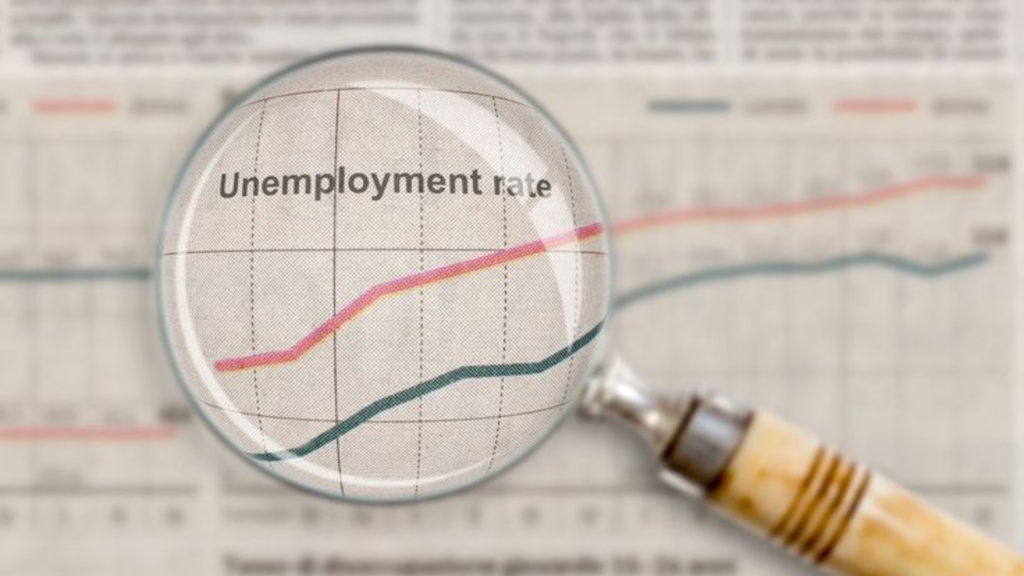June offered mixed news in the constantly changing American labor market—some excellent, some not exactly as expected. According to the most recent data, private payrolls increased by just 150,000 in June 2024.

Even though growth is always a good thing, this number did not meet economists’ projections, which prompted concerns and conversations about the economy’s overall state.
The Numbers Behind the Headlines
According to ADP, private payroll growth somewhat slowed in June 2024, pointing to a potential slowdown in the US labor market. Employers created 150,000 new positions; however, this was less than the revised May total of 157,000.

It’s also below the Dow Jones prediction of 160,000, which represents the lowest monthly growth since January 2024.
Impact on the Sectors
Several sectors fueled the increase in jobs, though at a slower rate. The services industry, which includes sectors like healthcare, education, and recreation, has added jobs recently, but at a much slower pace than in earlier months.

The building and manufacturing industries, on the other hand, reported very little growth and appeared to be stagnating.
Economic Indicators
June 2024’s employment growth was less rapid than anticipated, which affected several economic metrics and market reactions. First, the Federal Reserve bases its interest rate decisions heavily on the state of the job market.

The Fed may reconsider its plans for rate hikes in response to weak job growth. These moves are meant to reduce inflation but could slow economic development.
Market Reactions
Investors and market analysts also closely monitor employment statistics. The stock markets showed a range of reactions after the release of June 2024’s payroll figures.

Minor drops occurred in certain sectors, especially those dependent on consumer confidence and spending, while other sectors stayed mostly constant, suggesting that investors were taking a wait-and-see approach.
ALSO READ: The CNBC/NRF Retail Monitor Found that Consumer Spending Rebounded in February
Factors Contributing to Slower Growth:
Economic Uncertainty
What could be the reason for this slowdown in job creation? One potential factor worth considering is economic uncertainty. The larger economic outlook is highly uncertain.

Businesses may be reluctant to hire more people due to worries about future recessions, shifting interest rates, and general economic conditions.
Labor Market Tightness
The labor market is still tight, and the unemployment rate is very low, even with the slower growth in employment. Because of this restriction, it can be challenging to identify the right candidates even when there are opportunities available.

Some companies have been reported as unable to fill positions, which may impede the expansion of jobs overall.
Sector-Specific Challenges
Different sectors encounter unique challenges. For instance, thousands of layoffs in the tech sector recently could undo advancements in other fields.

The fact that the retail and hotel industries are still getting over the pandemic’s long-term effects could also impact hiring rates.
Inflation and Costs
Rising prices for products and services significantly impact business decisions. An increase in operating expenses may make businesses less likely to hire new employees. Businesses need to be profitable, but they also need to control their expenses carefully.

Due to this balancing act, companies frequently become more cautious about expanding their personnel. Thus, increased expenses may affect every aspect of their approach.
What It Means for Workers
The human element of slower employment growth is important, even beyond the numbers. There are fewer jobs available in a highly competitive market, which could cause job seekers to hunt longer and feel more pressured. Slower development might also hinder career advancement for people who are already working.

This is because fewer new hires mean fewer internal transfers, promotions, and movements within the company. Businesses that prioritize cost control may be less likely to give bonuses or raises, which could impact the financial security and general mood of their workforce.
What’s Next for the Job Market?
Future advancements and a number of important trends could influence the employment sector. Automation is one example of how technological advancements can create new employment while rendering others obsolete and requiring new abilities. The epidemic has cemented flexible work schedules and remote work, which may impact recruiting trends and alter local job dynamics.

Government initiatives that promote economic growth and infrastructural development can help create jobs. Furthermore, the state of the world economy, particularly trade ties and supply chain disruptions, greatly impacts home employment markets.
ALSO READ: A Palm Springs Home that Sold for $1.3 million in 2023 is Back on the Market for $625,000
Strategies for Job Seekers
Navigating the job market requires a few key strategies. One is to continually update and improve your skill set through online learning, workshops, and certifications. Also, developing a strong professional network can open doors to opportunities and provide industry insights.

Additionally, a flexible approach to roles, sectors, work locations, and work hours can increase the chance of employability. Keeping up with industry advancements and economic trends also gives job seekers a competitive edge and helps them sell themselves successfully.
You Might Also Like:
Elon Musk Suffers Biggest Loss for a Billionaire in 2024, for Now
This Young Wimbledon Star Is Richer Than Federer, Nadal and Djokovic Combined!
The Rise of Micro Apartments in NYC—Secure One for $1,110 a month

